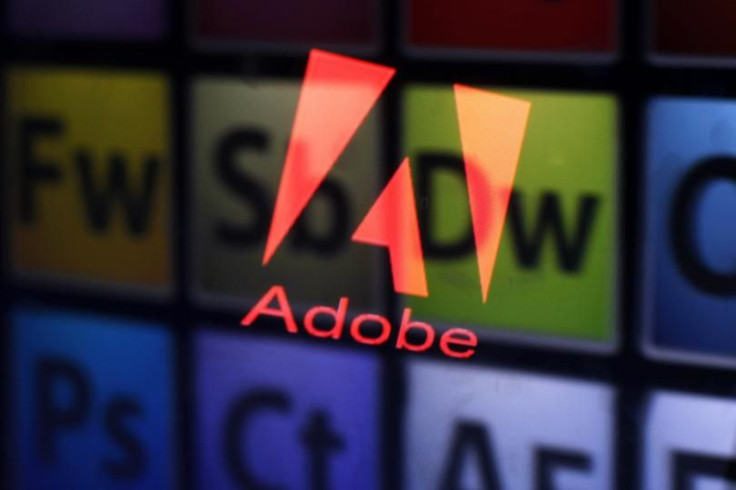Microsoft Plans To Kill 'Unnecessary' Adobe Flash Content In Future Edge Browser Update

Microsoft wants to finally put an end to annoying Adobe Flash content that's not relevant to web pages. The company outlined its development plans for its Edge web browser, the default browser in Windows 10, Wednesday and with it Microsoft revealed its desire to stop Flash from being a nuisance once and for all.
The company plans to pause “unnecessary” content on web pages and “isolate Adobe Flash into a separate process.” What the latter essentially means is that if Flash crashed, it wouldn't take the rest of the browser with it.
The company joins a list of big names that have restricted Adobe Flash, but Microsoft's move may have one of the biggest impacts. Global browser marketshare figures from Netmarketshare show Internet Explorer still reigns supreme, running on 46.9 percent of computers. Any decision by Microsoft to restrict Flash will affect a vast community of users, those who stick with the browser their computer came with.
Microsoft isn't the first company to fight against Flash. Former Apple CEO Steve Jobs famously refused to support Flash on the iPhone or iPad. “The mobile era is about low power devices, touch interfaces and open web standards — all areas where Flash falls short,” Jobs said in an April 2010 open letter. In October of that year, Apple stopped including Flash with its Macs.
Google has also made strides to rid the world of Flash’s irritating behavior. Its Chrome browser automatically blocks Flash advertising, encouraging developers to use the HTML5 web standard instead.
Adobe itself seems to recognize the inevitability of Flash's death. The company has renamed the Flash Professional suite used for creating Flash animations to "Adobe Animate." The software still makes Flash animations, but now supports other standards like HTML5.
© Copyright IBTimes 2024. All rights reserved.












